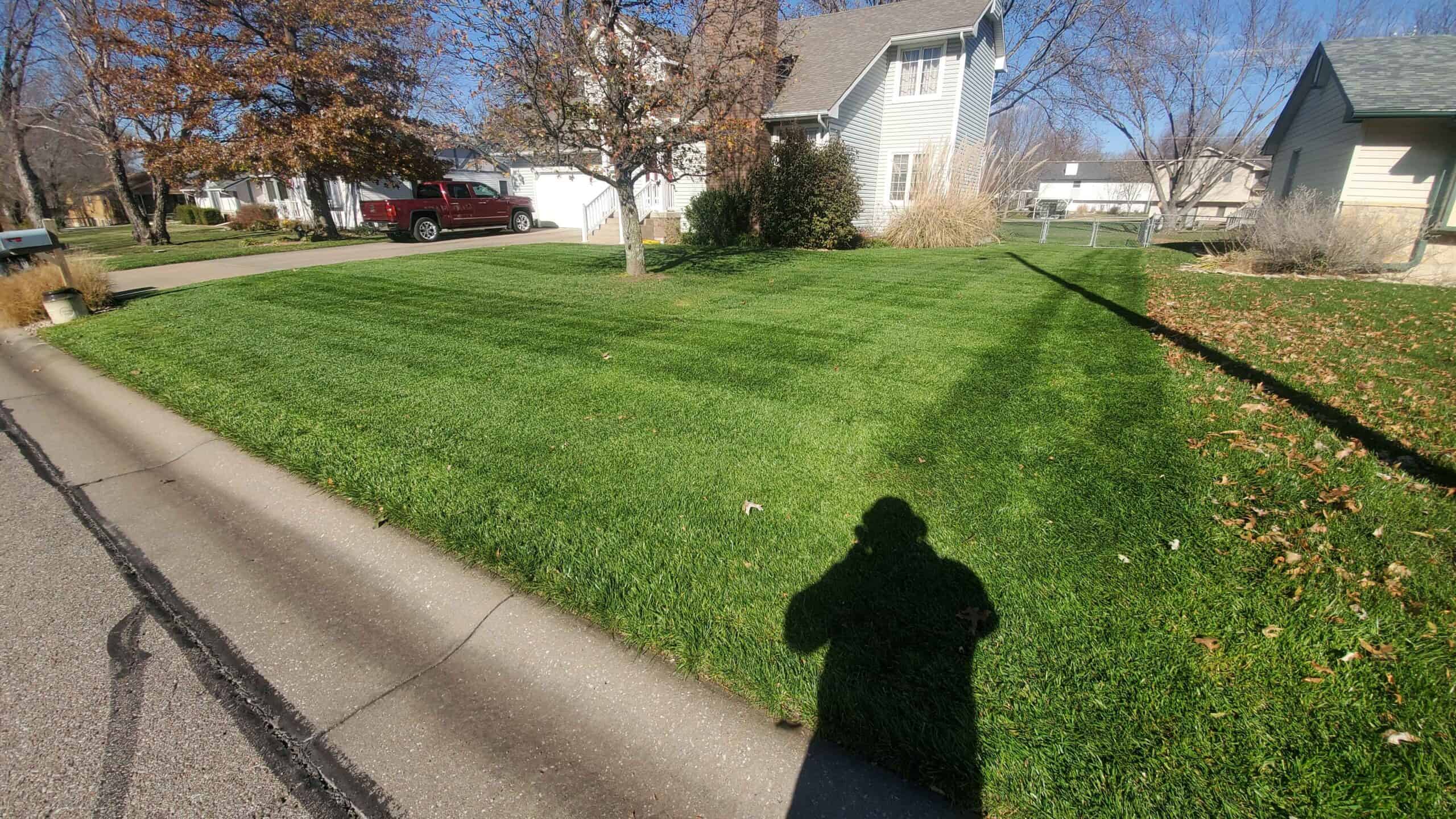Climate Change and Aeration Adaptation in Kansas: Navigating Challenges and Cultivating Resilience
Climate change poses unprecedented challenges to various sectors, and Kansas, situated in the heart of the United States, is no exception. As the climate patterns in the region undergo significant shifts, aeration practices play a crucial role in ensuring the resilience of Kansas' agriculture and landscaping. Let’s examine the dynamic relationship between climate change and aeration. We’ll explore how adopting aeration techniques becomes imperative in the face of evolving weather conditions.
Aeration Practices in the Face of Changing Climate Patterns
 Kansas is known for its diverse climate, characterized by hot summers, cold winters, and varying precipitation patterns. However, climate change amplifies these variations, leading to more frequent and intense weather events. Aeration, traditionally a stabilizing factor in agriculture and landscaping, must evolve to meet the demands of a changing climate.
The rising temperatures in Kansas contribute to soil compaction, affecting water absorption and nutrient distribution. While effective in the past, conventional aeration methods may fail to address these new challenges. Thus, there is a growing need for innovative aeration practices that consider the evolving climate patterns.
One adaptation strategy involves integrating sensor technologies to monitor soil conditions in real-time. Smart aeration systems can adjust their operation based on current soil moisture levels, temperature, and other relevant metrics. This data-driven approach ensures that aeration is applied precisely when and where needed, optimizing its effectiveness in the face of climate-induced variations.
Kansas is known for its diverse climate, characterized by hot summers, cold winters, and varying precipitation patterns. However, climate change amplifies these variations, leading to more frequent and intense weather events. Aeration, traditionally a stabilizing factor in agriculture and landscaping, must evolve to meet the demands of a changing climate.
The rising temperatures in Kansas contribute to soil compaction, affecting water absorption and nutrient distribution. While effective in the past, conventional aeration methods may fail to address these new challenges. Thus, there is a growing need for innovative aeration practices that consider the evolving climate patterns.
One adaptation strategy involves integrating sensor technologies to monitor soil conditions in real-time. Smart aeration systems can adjust their operation based on current soil moisture levels, temperature, and other relevant metrics. This data-driven approach ensures that aeration is applied precisely when and where needed, optimizing its effectiveness in the face of climate-induced variations.
Adapting Aeration Techniques for Extreme Weather Events in Kansas
Extreme weather events, such as intense storms and prolonged droughts, are becoming more frequent in Kansas. These events pose unique challenges to aeration practices, requiring adaptation to ensure the sustainability of agriculture and landscaping activities. Traditional aeration methods may be less effective during heavy storms as excess water can hinder air penetration into the soil. In such situations, aeration systems that incorporate surface drainage solutions become crucial. These systems can divert excess water from the topsoil, preventing waterlogging and allowing aeration to proceed optimally. On the flip side, prolonged droughts demand a delicate balance. Aeration is essential for maintaining soil structure and promoting root growth, but excessive aeration during drought conditions can exacerbate water loss. Therefore, adaptive aeration systems equipped with moisture sensors can respond to drought conditions by adjusting the frequency and depth of aeration to conserve soil moisture.Climate-Resilient Aeration Strategies for Kansas Agriculture and Landscaping
A holistic lawn maintenance approach is necessary to cultivate climate-resilient agriculture and landscaping in Kansas. This involves adapting existing practices and integrating new technologies and sustainable methods. Cover crops, for instance, can be strategically employed with aeration to enhance soil structure and moisture retention. These crops protect the soil during extreme weather events and contribute organic matter, fostering a healthier and more resilient soil ecosystem.
Furthermore, integrating renewable energy sources into aeration systems aligns with the broader goal of reducing the carbon footprint of agricultural and landscaping activities. Solar-powered aeration systems, for example, provide an eco-friendly alternative that mitigates the impact of climate change while ensuring the continuous improvement of soil conditions.
Cover crops, for instance, can be strategically employed with aeration to enhance soil structure and moisture retention. These crops protect the soil during extreme weather events and contribute organic matter, fostering a healthier and more resilient soil ecosystem.
Furthermore, integrating renewable energy sources into aeration systems aligns with the broader goal of reducing the carbon footprint of agricultural and landscaping activities. Solar-powered aeration systems, for example, provide an eco-friendly alternative that mitigates the impact of climate change while ensuring the continuous improvement of soil conditions.
 (316) 435-3509
(316) 435-3509 office@divine-lawns.com
office@divine-lawns.com